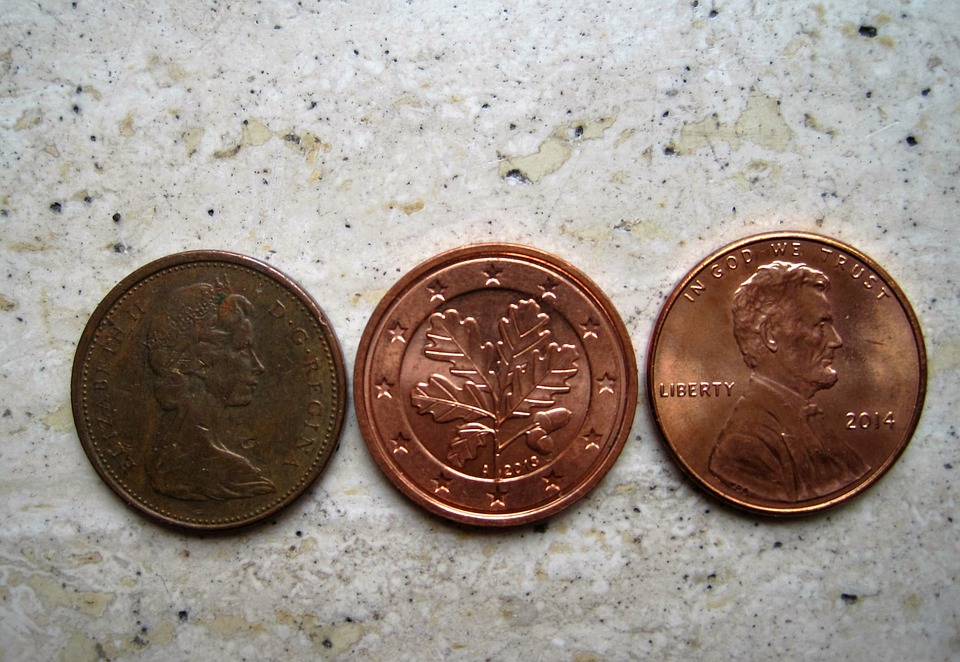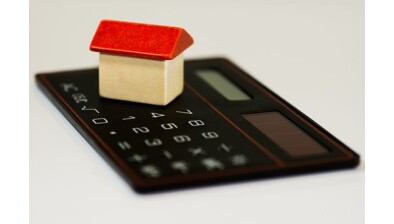And finally… Third of 15-year-olds unable to identify a one pence coin
The difference in how children are receiving their pocket money is resulting in their differing abilities to recognise cash.

New research by Halifax has found that children across the UK are slowly turning to alternatives to the humble piggy bank.
Two years ago 80% of children said they still owned a piggy bank; in 2019 this has fallen eight percentage points to 72%.
In line with this drop in porcine penny gate-keepers, the number of children receiving some of their pocket money into a bank account has slowly increased over the same period, from 19% to 23%, and the number of children with bank accounts has held steady at 35%. A further 4% of children now ask their parents to pay their cash into specific pocket money apps.
This increase in using bank accounts for pocket money has been spurred on by older children. 29% of boys and 32% of girls aged between 12 and 15, receive some of their pocket money straight into an account, compared to 18% of boys and 12% of girls aged 8 to 11.
Boys are more likely to go online to manage their accounts, with nearly a third (29%) of 12 to 15-year-olds, choosing this option. In comparison, a fifth (21%) of girls use internet or mobile banking to keep an eye on their pocket money.
Despite these findings, it’s not the end for snouted sentinels, as 89% of younger kids - those aged between 8 and 11 – still receive some of their pocket money in cash, with the figure only dropping slightly, to 81%, for children aged between 12 and 15.
Can kids recognise cash?
This difference in how children are receiving their pocket money could account for kids’ differing abilities to recognise cash. Whilst 82% of 8-year-olds were able to identify a one pence coin, just 69% of 15-year-olds, were able to do the same.
The trend continues with paper money - 79% of 8-year-olds were able to pick out a £10 note - compared to 72% of 15-year-olds.
Overall, children performed worst when trying to identify a cheque, with just over half (59%) able to do so. Unlike cash and coins older children performed better in this test.
| Age of child | % Recognise 1p | % Recognise £1 | % Recognise £10 note | % Recognise cheque | % use piggy bank |
| 8 | 82 | 76 | 79 | 34 | 89 |
| 9 | 71 | 73 | 73 | 54 | 77 |
| 10 | 79 | 77 | 76 | 54 | 82 |
| 11 | 73 | 73 | 74 | 60 | 74 |
| 12 | 77 | 73 | 73 | 69 | 68 |
| 13 | 79 | 77 | 76 | 56 | 66 |
| 14 | 72 | 76 | 77 | 69 | 63 |
| 15 | 69 | 68 | 72 | 65 | 59 |
| Average | 75 | 74 | 75 | 59 | 72 |
Giles Martin, head of savings at Halifax, said: “Whilst almost a quarter of children now receive some of their pocket money into a bank account, there is a still a place for the humble piggy bank, with over 70% of kids continuing to use one. What’s most important though, is for children to start learning about money at an early age, whether that’s with pounds and pennies, or digital currency.”










